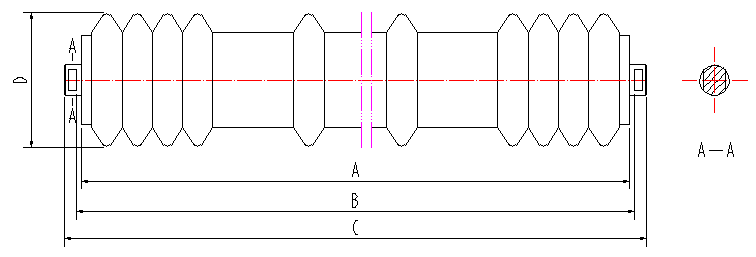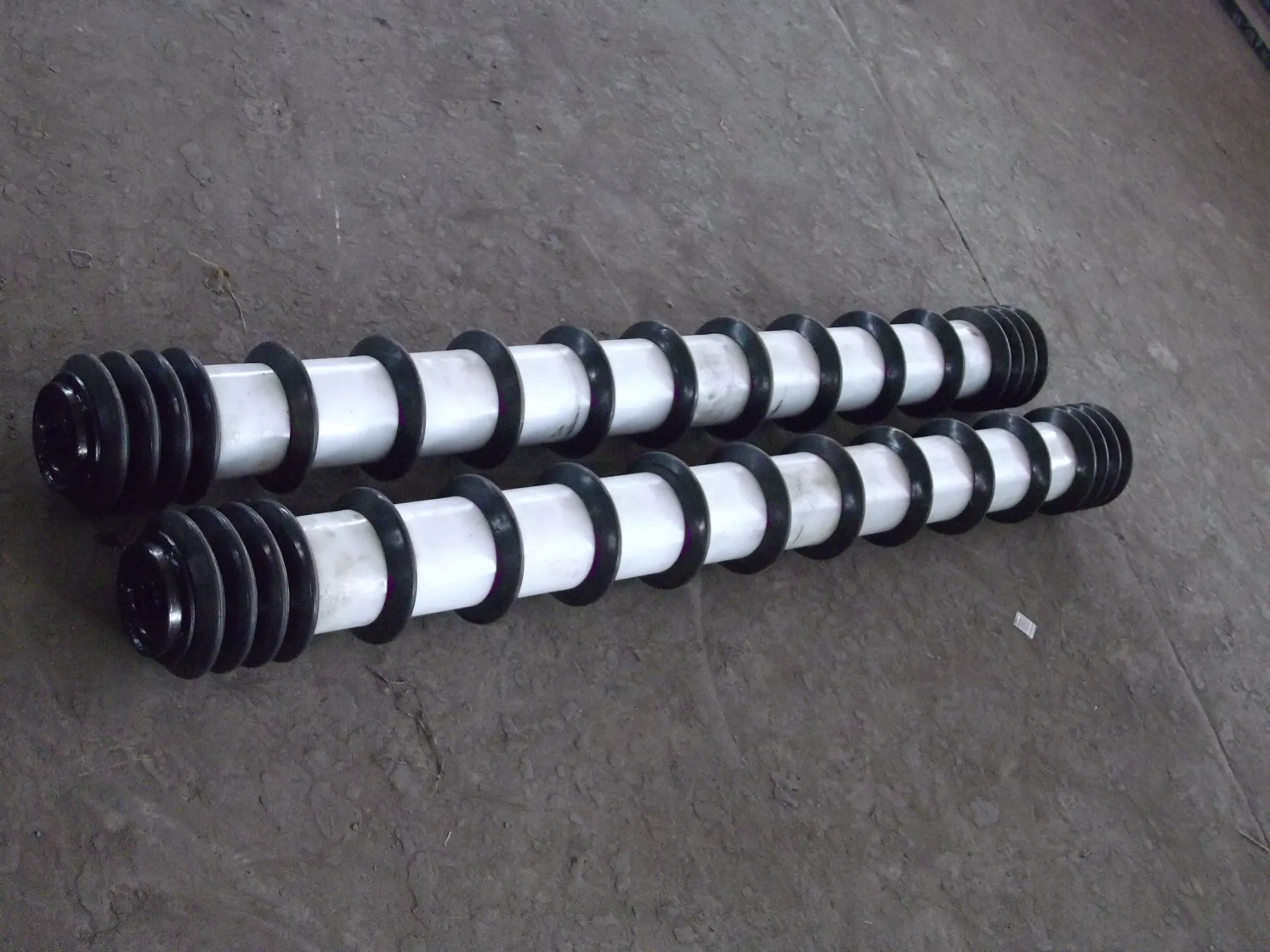 Afrikaans
Afrikaans  Albanian
Albanian  Amharic
Amharic  Arabic
Arabic  Armenian
Armenian  Azerbaijani
Azerbaijani  Basque
Basque  Belarusian
Belarusian  Bengali
Bengali  Bosnian
Bosnian  Bulgarian
Bulgarian  Catalan
Catalan  Cebuano
Cebuano  Corsican
Corsican  Croatian
Croatian  Czech
Czech  Danish
Danish  Dutch
Dutch  English
English  Esperanto
Esperanto  Estonian
Estonian  Finnish
Finnish  French
French  Frisian
Frisian  Galician
Galician  Georgian
Georgian  German
German  Greek
Greek  Gujarati
Gujarati  Haitian Creole
Haitian Creole  hausa
hausa  hawaiian
hawaiian  Hebrew
Hebrew  Hindi
Hindi  Miao
Miao  Hungarian
Hungarian  Icelandic
Icelandic  igbo
igbo  Indonesian
Indonesian  irish
irish  Italian
Italian  Japanese
Japanese  Javanese
Javanese  Kannada
Kannada  kazakh
kazakh  Khmer
Khmer  Rwandese
Rwandese  Korean
Korean  Kurdish
Kurdish  Kyrgyz
Kyrgyz  Lao
Lao  Latin
Latin  Latvian
Latvian  Lithuanian
Lithuanian  Luxembourgish
Luxembourgish  Macedonian
Macedonian  Malgashi
Malgashi  Malay
Malay  Malayalam
Malayalam  Maltese
Maltese  Maori
Maori  Marathi
Marathi  Mongolian
Mongolian  Myanmar
Myanmar  Nepali
Nepali  Norwegian
Norwegian  Norwegian
Norwegian  Occitan
Occitan  Pashto
Pashto  Persian
Persian  Polish
Polish  Portuguese
Portuguese  Punjabi
Punjabi  Romanian
Romanian  Russian
Russian  Samoan
Samoan  Scottish Gaelic
Scottish Gaelic  Serbian
Serbian  Sesotho
Sesotho  Shona
Shona  Sindhi
Sindhi  Sinhala
Sinhala  Slovak
Slovak  Slovenian
Slovenian  Somali
Somali  Spanish
Spanish  Sundanese
Sundanese  Swahili
Swahili  Swedish
Swedish  Tagalog
Tagalog  Tajik
Tajik  Tamil
Tamil  Tatar
Tatar  Telugu
Telugu  Thai
Thai  Turkish
Turkish  Turkmen
Turkmen  Ukrainian
Ukrainian  Urdu
Urdu  Uighur
Uighur  Uzbek
Uzbek  Vietnamese
Vietnamese  Welsh
Welsh  Bantu
Bantu  Yiddish
Yiddish  Yoruba
Yoruba  Zulu
Zulu Feb . 16, 2025 02:49
Back to list
Belt Conveyor Cleaner
Ensuring optimal performance and longevity of your conveyor belt system is critical to maintaining efficient operations. One aspect that often gets overlooked is the adjustment of the conveyor belt scraper. With years of experience in conveyor system maintenance and management, I will detail the intricacies of this essential component, shedding light on best practices and expert tips for adjustment.
Adjustments should be made based on the manufacturer's guidelines and the specific conditions of the conveyor system. When adjusting scrapers, make sure to clean the belt thoroughly, using a gauge to measure scraper positioning. Utilize materials and tools designed for the adjustment process to prevent accidental damage to the scraper or the belt. Testing the scraper's effectiveness post-adjustment is also crucial — run a small load to ensure it's clearing all residues without causing smearing or unnecessary strain on the motor. Authoritativeness in this domain is bolstered through data-backed methods. Utilize sensor technology where possible, to provide real-time feedback on scraper performance. This integration of technology not only guides more precise adjustments but also introduces predictive maintenance capabilities, highlighting potential issues before they cause interruptions. This proactive approach results in increased reliability and efficiency, reinforcing productivity across operations. Trustworthiness in conveyor system maintenance arises from consistency and a commitment to best practices. Implement a regular maintenance schedule that includes detailed records of adjustments, inspections, and any parts replacements. Engaging with experts is also advisable, fostering a culture of learning and adherence to the latest industry standards and innovations. In conclusion, the process of conveyor belt scraper adjustment is a nuanced task that demands a blend of experience, expertise, authority, and trustworthiness. By leveraging these principles, you ensure smoother operations, reduce downtime, and extend the lifespan of your conveyor system. By maintaining a systematic adjustment regimen, employing the latest technology, and following expert guidelines, you can optimize your conveyor systems for peak performance. Regular investment in training and development of personnel also ensures that these adjustments are accurately and effectively managed, leading to a more productive and reliable operation.


Adjustments should be made based on the manufacturer's guidelines and the specific conditions of the conveyor system. When adjusting scrapers, make sure to clean the belt thoroughly, using a gauge to measure scraper positioning. Utilize materials and tools designed for the adjustment process to prevent accidental damage to the scraper or the belt. Testing the scraper's effectiveness post-adjustment is also crucial — run a small load to ensure it's clearing all residues without causing smearing or unnecessary strain on the motor. Authoritativeness in this domain is bolstered through data-backed methods. Utilize sensor technology where possible, to provide real-time feedback on scraper performance. This integration of technology not only guides more precise adjustments but also introduces predictive maintenance capabilities, highlighting potential issues before they cause interruptions. This proactive approach results in increased reliability and efficiency, reinforcing productivity across operations. Trustworthiness in conveyor system maintenance arises from consistency and a commitment to best practices. Implement a regular maintenance schedule that includes detailed records of adjustments, inspections, and any parts replacements. Engaging with experts is also advisable, fostering a culture of learning and adherence to the latest industry standards and innovations. In conclusion, the process of conveyor belt scraper adjustment is a nuanced task that demands a blend of experience, expertise, authority, and trustworthiness. By leveraging these principles, you ensure smoother operations, reduce downtime, and extend the lifespan of your conveyor system. By maintaining a systematic adjustment regimen, employing the latest technology, and following expert guidelines, you can optimize your conveyor systems for peak performance. Regular investment in training and development of personnel also ensures that these adjustments are accurately and effectively managed, leading to a more productive and reliable operation.
Latest news
-
Revolutionizing Conveyor Reliability with Advanced Rubber Lagging PulleysNewsJul.22,2025
-
Powering Precision and Durability with Expert Manufacturers of Conveyor ComponentsNewsJul.22,2025
-
Optimizing Conveyor Systems with Advanced Conveyor AccessoriesNewsJul.22,2025
-
Maximize Conveyor Efficiency with Quality Conveyor Idler PulleysNewsJul.22,2025
-
Future-Proof Your Conveyor System with High-Performance Polyurethane RollerNewsJul.22,2025
-
Driving Efficiency Forward with Quality Idlers and RollersNewsJul.22,2025
OUR PRODUCTS





























